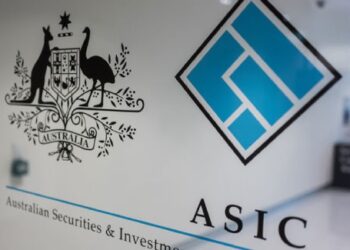Sydney-based retirees who rent privately need to save more than four times the amount of superannuation if they want the same lifestyle as homeowners, according to the Milliman’s study.
The latest Milliman Retirement Expectations and Spending Profiles report found that those retires who rent privately in Sydney saw their annual cost of living two-thirds higher in order to enjoy the same life quality as homeowners.
The report also found that while Sydney had the highest rental costs, but other capital cities showed similar trends.
The median retired Sydney homeowner aged 65-69 would spend $31,987 a year, with the Age Pension funding the bulk of expenditure, while retirees who rented privately would have to find another $21,679 a year, according to CoreLogic’s median estimates net of Centrelink Rent Assistance.
This situation would also have significant consequences for their super savings, the report said.
According to Miliman, to fund the median Sydney homeowner’s annual expenditure through retirement with 75% certainty required a balance of just $145,597 while, at the same time, to fund non-homeowners’ much higher annual expenditure through retirement with the same certainty would require a super balance of $595,482.
The firm also warned that due to housing affordability crisis, the home ownership which was traditionally seen as key to avoiding poverty in old age, would now also impact the retirees and lead to a situation where Australians would continue to pay off their homes well into retirement.
The Household, Income and Labour Dynamics in Australia (HILDA) survey showed that home ownership levels for people aged 35-44 to drop from 63.2 per cent to 52.4 per cent between 2002 and 2014 and for those between 45 and 54 years old it dropped from 75.6 per cent to 67.4 per cent over the same period.
This would also impact funds and affect their strategies, portfolio construction and financial planning advice.
The funds would need to take into account where their members live as a consequence of a broader trend that retired Australians living in capital cities tended to spend far more than those in regional Australia.
According to the report, the variation in the super balance required at age 65 is almost $190,000 depending on a retiree’s location
“The actual mix of strategies they choose will require a deep analysis of each fund’s membership characteristics, leading to potentially different risk and return settings for default investment portfolios,” the report said.
“A deeper analysis shows that where members live plays a huge role and should form part of the retirement discussion.
“Superannuation, just like all financial services, needs to tailor its offerings and engagement to its clients’ circumstances.”




